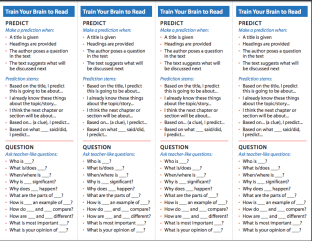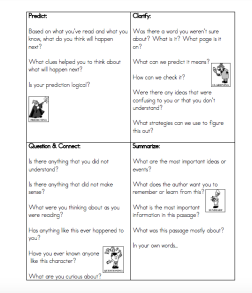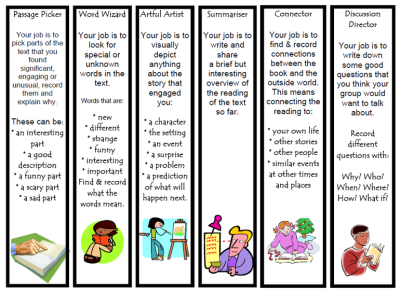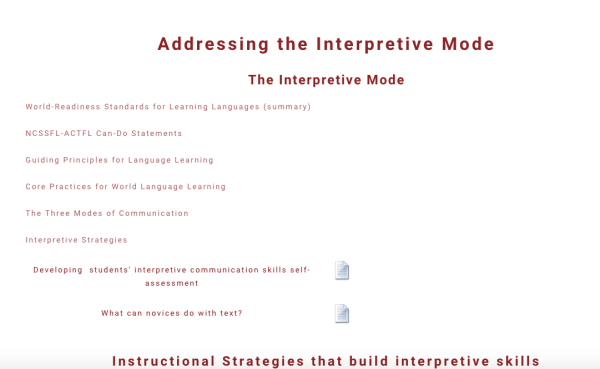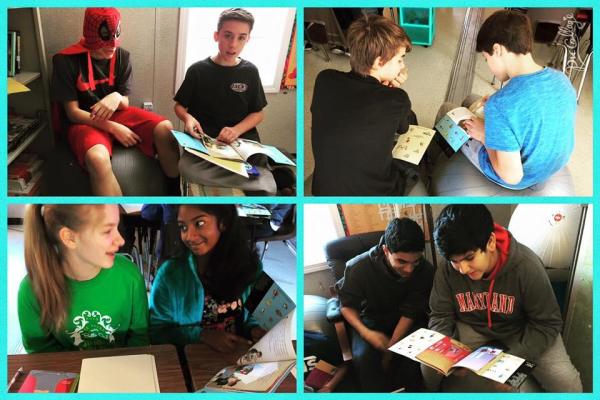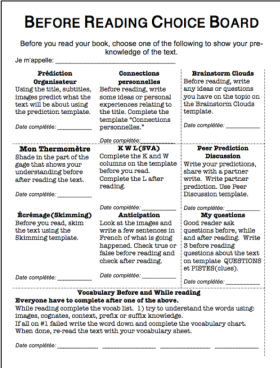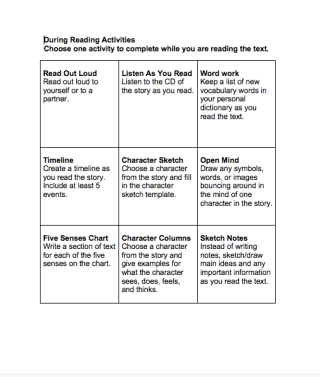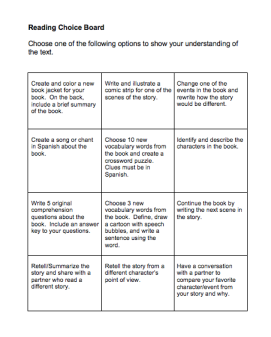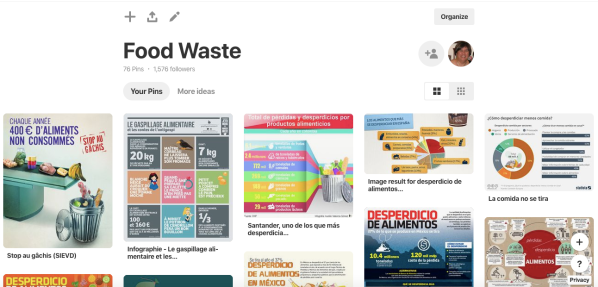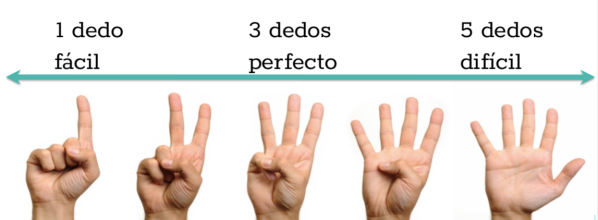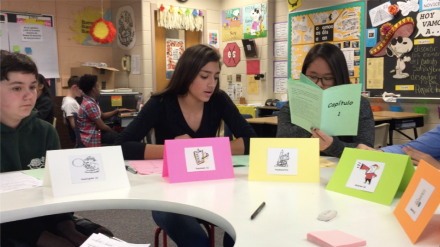
How can students take the lead in improving their interpretive skills?
As we lead language learners to build skills in the interpretive mode, our goal should be to work toward moving away from a teacher-centered approach and release the responsibility for unlocking and comprehending text to the students.
Of course, the learning process must begin with the teacher modeling, showing examples, doing think alouds, providing scaffolds and supports, and giving lots of guided practice to students. This process ensures that students have the routines, resources, skills, and confidence in place to work independently.
Why is it important that students can lead themselves through interpreting authentic text?
- Students are empowered by owning their learning.
- Having control over their learning is motivating to students.
- Giving students voice and choice.
- Peer to peer teaching increases student independence with language.
- The teacher is not seen as the sole source of inquiry in the classroom.
- Mirroring the trend of book clubs.
Reciprocal teaching
One example of a protocol for students interpreting authentic text independently is reciprocal teaching. Reciprocal teaching is a strategy where students work collaboratively in small groups to process their comprehension of a text. This strategy teaches students to use each other as resources to complete a task. The students act as teachers who guide their group discussions by taking on various roles:
- Summarizer
- Questioner
- Clarifier
- Predictor
Students begin by reading a part of a text. Each student in the group makes notes as they read based on their role. Providing a graphic organizer for the students will assist them in organizing their thoughts. The Summarizer, for example, is looking for key words and main ideas and writes a summary of the text. The Questioner is capturing questions that come up while reading the text. During the discussion, the Questioner poses and answers questions in the group. The Clarifier identifies areas in the text that are not completely clear. The Predictor shares predictions made based on the text features and makes predictions about what will come next in the text.
If it is expected that students are conducting this discussion in the target language, students in the various roles should be given sentence starters to support them to persevere in the target language. For example, the Summarizer might be given sentence frames like:
- The important ideas are…
- This was about…
- I learned that…
- My summary is…
There are many resources available online for the strategy of reciprocal teaching (click the images below to visit the resources):

Literature Circles
Literature Circles is a similar strategy to Reciprocal Teaching. Students work cooperatively to help each other make sense of a text of their choice and discuss and debate about it, ideally in the target language, mirroring natural conversation. Through Literature Circles, students are encouraged to take both written and visual notes. Participation in Literature Circles is evaluated by teacher observation and student self-assessment based on each student’s contribution to the discussion through their assigned role.
Literature circles have expanded roles for students in the discussion groups.
- Narrator/Discussion Director
- Investigator
- Summarizer
- Connector
- Vocabulary Enricher/Word Wizard
- Illustrator
In exploring many of the online resources for Literature Circles, you will find quite a few variations and additions to the list of roles above. The idea is that all students in the group have a unique role, examining the text from a distinct perspective.
Resources for Literature Circles
Literature Circles Sentence Starters document
For French and Spanish:
For more resources on these strategies and others that are similar, visit my website:
or my Pinterest board:

